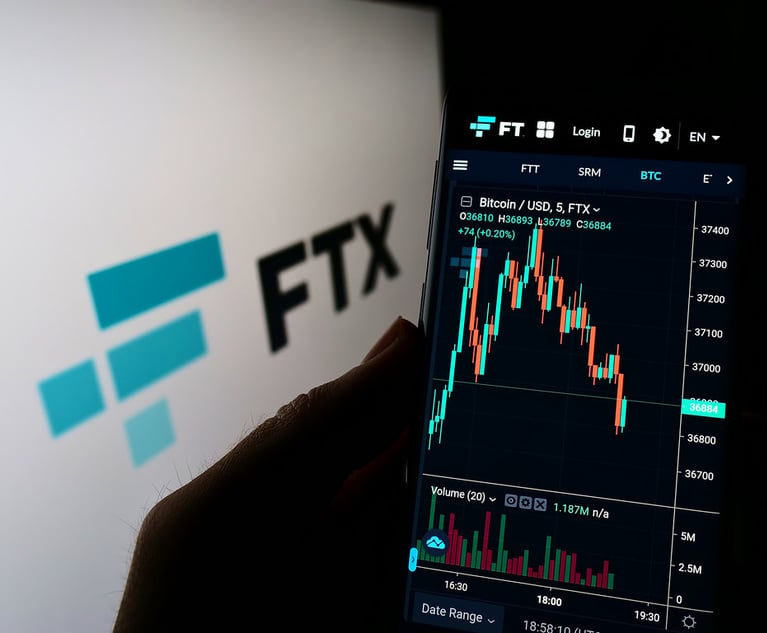In an eagerly anticipated decision, the U.S. District Court for the Southern District of New York recently vacated the Purdue Pharma confirmation order. The court ruled that the shareholder releases that formed the basis of a settlement that led to the debtor’s plan of reorganization exceeded the scope of the bankruptcy court’s statutory authority by releasing direct causes of action owned by nonconsenting creditors against non-debtors.
The authority of the bankruptcy court to issue third-party releases has long been uncertain. The circuit courts that have definitively ruled on the issue are split, with the Fifth, Ninth, and Tenth Circuits disallowing third-party releases, and the Fourth, Sixth, Seventh and Eleventh Circuits permitting such releases pursuant to §§105(a) and/or 1123(b)(6) of the bankruptcy code, while the Third Circuit’s jurisprudence on the issue is mixed. The debtors have announced their intention to appeal. Mass-tort litigation has challenged our legal system, frequently leaving bankruptcy as a litigation management device of last resort. Any celebration of the Purdue decision by the plaintiffs’ bar may be short lived as access to settlements and insurer-funded recoveries may be impaired, with the delay and expense of litigation continuing. Well-advised global businesses may resort to offshore regimes where third-party releases are available and likely enforceable here through a bankruptcy under chapter 15 recognizing the order of the foreign court granting releases. Once again, distress investors may find opportunity in the uncertainty, whether buying insurers (or their affiliates) on a “run off” basis or readying to purchase litigation targets.


 Corinne Ball, with Jones Day. Courtesy photo
Corinne Ball, with Jones Day. Courtesy photo




